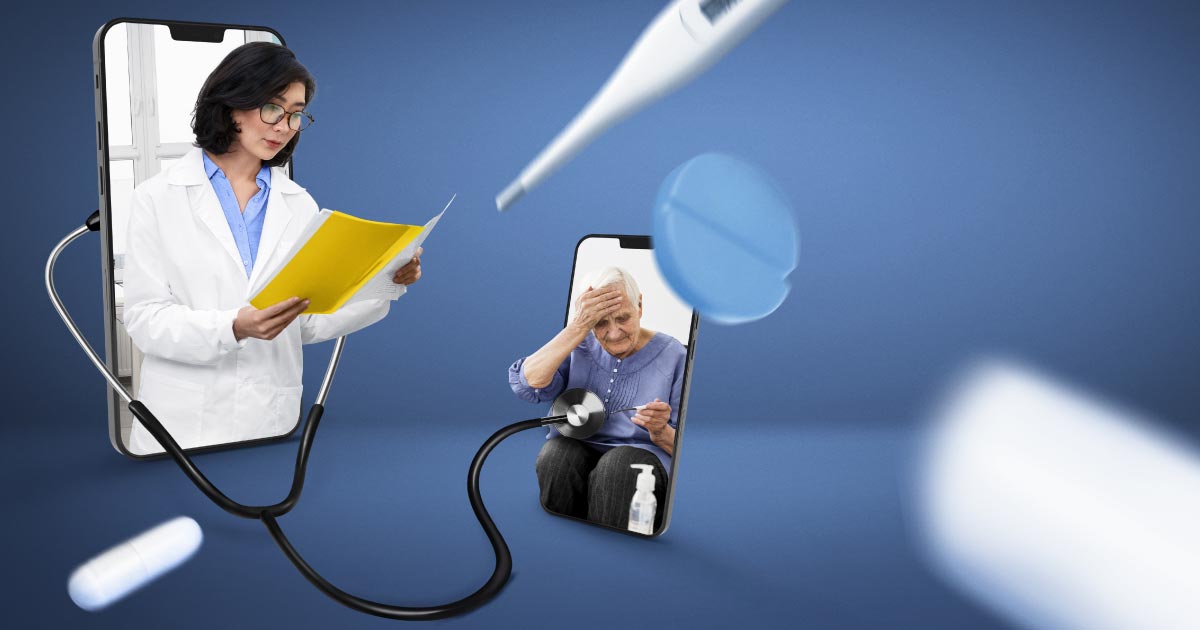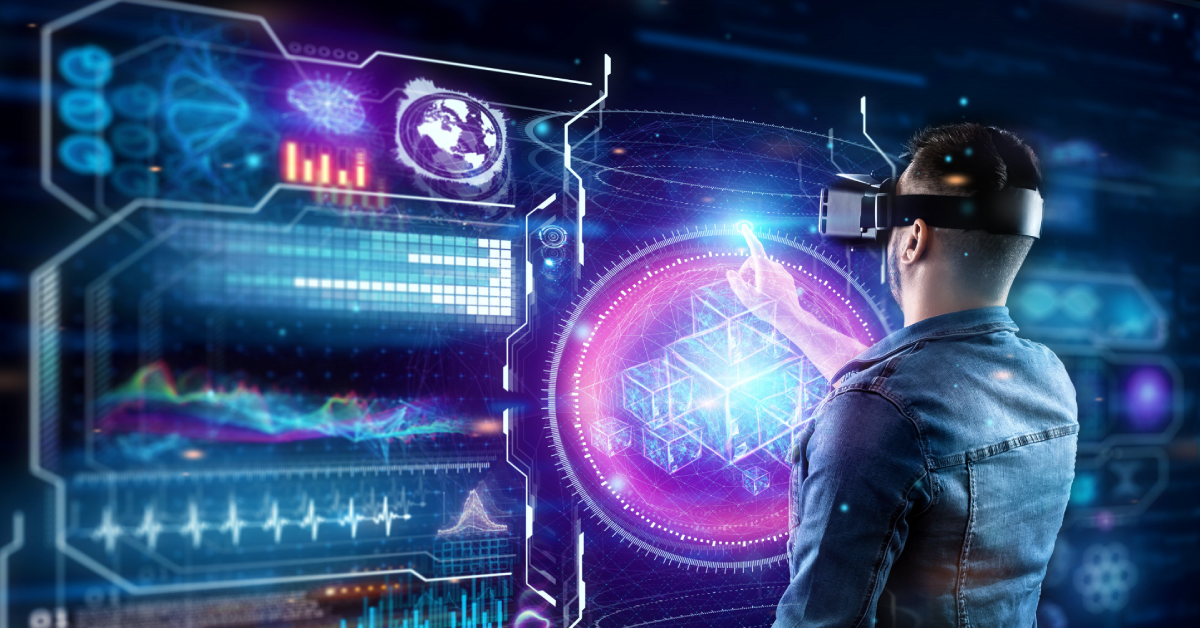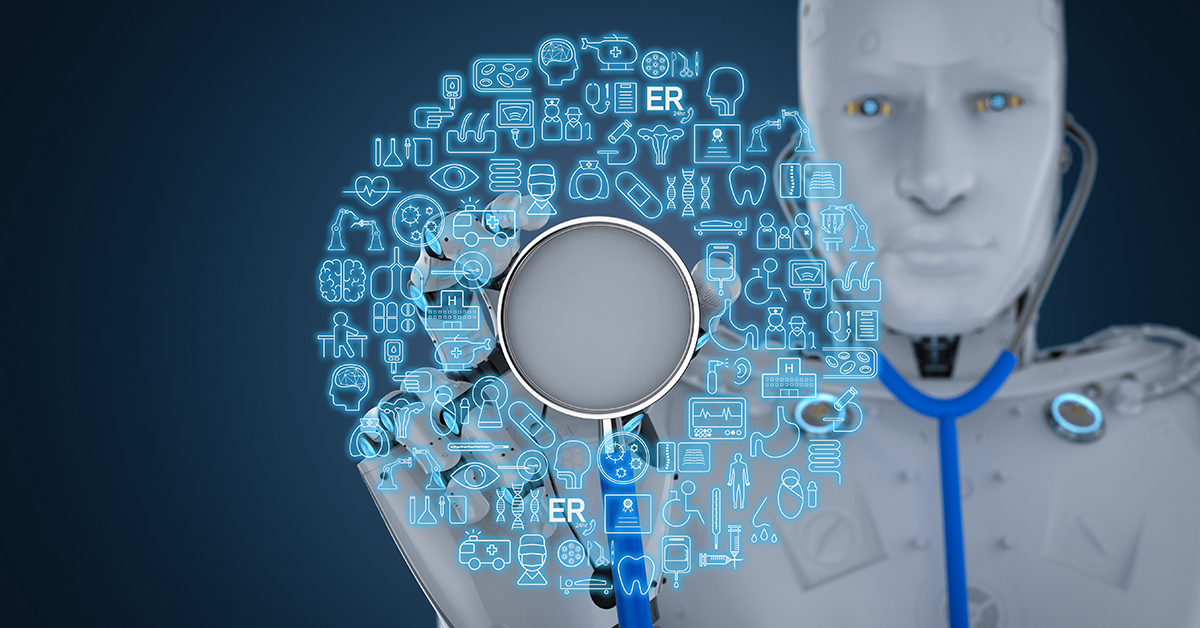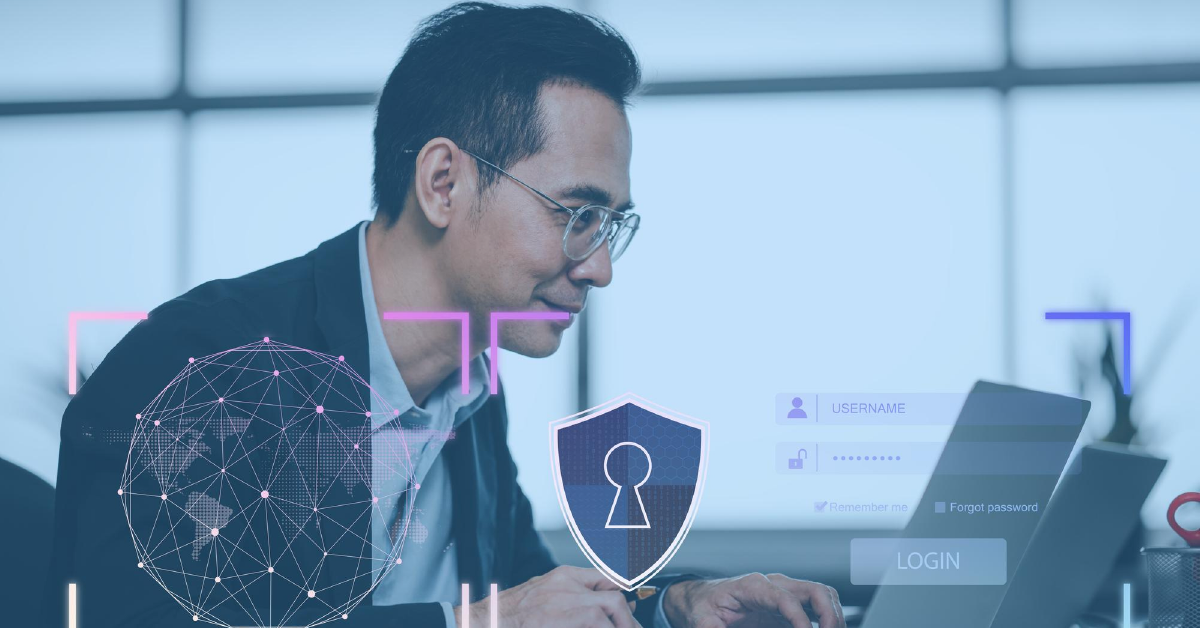Telemedicine 2.0: The Role of Voice Technology in Remote Patient Monitoring and Virtual Consultations

6 min read
In the past few years, telemedicine has emerged to become one of the key drivers of changes in healthcare delivery. AI solutions in healthcare such as Patient Monitoring are being identified as the next major enablers to complement virtual consultations and RPM.
In light of these technological improvements, more and more telemedicine solutions are allowing patients to continue their treatment and interact with doctors without physical contact.
In this blog post, we will describe what telemedicine is, how voice technology improves patient satisfaction, the advantages of voice-driven telemedicine, methods of increasing the effectiveness of AI services for virtual consultations, current challenges, and the future of voice-enabled telemedicine.
What is the History of Telemedicine?
Telemedicine is the practice of implementing communication media to provide medical, health, and education services. While the ideas of remote care have been around since the 1920s, the recent decade has witnessed a rapid increase in importance due to high-speed internet solutions, the use of smartphones, medical sensors integrated into clothing and accessories, and improvements in video and audio applications.
But here, the question arises, how did Telemedicine & AI-powered applications come into existence? This trend was exacerbated by the COVID-19 pandemic which forced the adoption of telemedicine practices.
A study that was done in the United States on the utilization of telehealth among physicians revealed that 65% of the physicians had never engaged in the use of telehealth before the COVID-19 pandemic. According to the survey, at the height of the COVID-19 pandemic, 43% of physicians were attending to over fifty percent of their patients through telemedicine. Looking to the future 43% said they expect to be using it for between 10% and 49% of consultations. (Source: Statista)
How has Voice Technology Emerged as a Frontier?
Voice technology in the form of virtual assistants, speech recognition, and natural-language processing is an enabler and an accelerator for telemedicine. It is useful because as a concept, telemedicine is based on the use of audio and video links between patient and healthcare provider.
For instance, speech recognition can dictate a patient’s answers and translate them to written medical records within a short period. Thus, patients can use voice assistants in the form of AI solutions in healthcare to schedule appointments, request prescription refills, or search for information using voice commands and questions.
In-home virtual visits are eased by the integration of Smart speakers with inbuilt voice assistants. In total, voice technology is helping telemedicine become less inconvenient and more patient-centered care while reducing the burden and time spent on documentation for clinicians.
As the accuracy of recognition increases and functionality expands, AI-powered applications have become indispensable in the field of telemedicine and remote healthcare.
Benefits of Voice Technology in Remote Patient Monitoring
The application of voice technologies and virtual assistants for telemedicine is seen to be very useful in the management of patients. Here’s how:
1. Enhanced Chronic Disease Management
Smart assistants help patients with chronic diseases such as diabetes or heart disease to monitor biometrics at their home comfort and provide real-time information to healthcare providers to take corrective measures.
2. Improved Medication Adherence
Smart speakers can be applied to remind patients about scheduled appointments and administered medications. More specifically, the type of communication that takes place in such programs results in greater compliance.
3. Higher Patient Engagement
Voice devices help the patient to be more engaged in self-care activities such as monitoring symptoms, or vital signs as all they have to do is simply say and the device responds rather than using a keyboard or a mouse.
4. Better Care Coordination
Voice AIs in the context of the proposed system can generate summary reports from the recorded patient’s health data and deliver them securely to the care managers to help in preventive care and care coordination.
5. Enhanced Accessibility
Voice AI services can help remove the illiteracy and physical disability of individuals who are unable to operate computers. It can make RPM more welcoming, easier to implement, and could be fair for everyone.
How do Voice Technologies Use AI for Virtual Consultation?
The following are the identified AI techniques in telemedicine that are applied in remote patient monitoring (RPM):
1. Speech Recognition
Due to natural language processing (NLP) and deep learning models, AI monitoring systems can easily understand the commands given by a human. This enables the patients to do an update through their mouths instead of typing on the screens.
2. Emotion Detection
With the use of AI voice intonations a patient’s tone of voice can be analyzed to determine their state of mind or even the feelings they may be harboring. This data brings another level of meaning to the health information than what is presented by mere statistics.
3. Anomaly Detection
Application of AI services in home-based monitoring of patients entails learning a patient’s typical speech and vocal rhythms while healthy. It can also identify nuances in speech that are early signs of illness and then alert the appropriate individuals.
4. Personalization
5. Smart Routing
The AI virtual assistant can automatically reroute concerns to the appropriate care provider, whether a nurse, a doctor, or a mental health care provider, based on the assigned risk level. This ensures timely interventions.
The advantage of AI solutions in healthcare is that patients get valuable information on their health state without undergoing strict control, and without trying much. This helps in calling for intercession early enough to help gain the best results.
Voice-enhanced Consultations: What Else is Possible?
Some examples of voice technology that would assist in enhancing AI monitoring systems include speech recognition and natural language processing.
One of how speech recognition can be beneficial for doctors is that instead of typing down notes about the patient they are speaking to and their recommendations. Doctors can dictate their notes and recommendations directly which helps them avoid constantly looking down at the keyboard and keep their eye on the video call instead.
Other areas where natural language processing-based smart assistants could be useful are, for instance, when a doctor can simply say to the computer, ‘Show me patient records,’ or ‘Give me patient test results’ rather than sifting through papers or tabs on their computer for long.
Furthermore, it may be useful in consultation with patients who speak different languages through such tools as the translation of words into different languages simultaneously. Recording the consultation is also useful because the doctor and the patient can listen back to the consultation to check out details.
In conclusion, voice technology with the assistance of AI monitoring systems is exceptionally suitable to enhance virtual health consultations to ease the logistics in the consulting process for both parties and enhance the overall wellness of the patient.
The Challenges and Considerations of Voice Technology
Natural language processing and voice control are assisting in better and more convenient remote patient monitoring. This allows for real-time monitoring, meaning patients do not have to manually log the information. Some of them can even listen to signs of distress. From the child and report this to the caregivers if, through vocal patterns, there is suspicion of such an event.
However, these voice technologies for remote patient care need to address some issues. Privacy is a significant concern—if patients speak their information, others may overhear, especially if they have not taken precautions. Some patients are not able to use voice technology effectively or may have poor memory, especially elderly patients who may not comprehend some verbal instructions from the chatbot.
Since the rate of accurate speech recognition and language processing is still developing, doctors and medical practitioners may misinterpret terms, leading to inaccuracies in recording the patient’s response. Therefore, we must standardize and regulate the use of voice solutions in the future to protect patients.
Is Voice Technology the Future of Virtual Consulting?
Undoubtedly, the future seems very bright for voice technology. It is in forms of basis of telemedicine for remote patient monitoring and virtual doctor visits.
By combining all these trends, voice technology can provide a natural way for patients to communicate with their healthcare providers. Patients can report their status, record symptoms or data from Bluetooth health-monitoring devices, receive information or reminders, and learn more. Major players in the technology and healthcare sectors are determined to fund this effort to make it a reality.
Despite privacy and accuracy issues that are still already present. The further development of voice recognition and natural language processing together. With the further careful introduction of voice technologies can seriously enhance the healthcare system. It helps in assist in the treatment of such groups as the elderly, disabled or underserved people.
Conclusion
AI solutions in healthcare have the potential to enhance the dynamics of the patient-doctor relationship within the virtual environment.
As voice technologies remove traditional adoption barriers, voice assistants are set to evolve into virtual medical assistants and facilitate care coordination for telemedicine platforms.
Despite currently being in a very early stage of its development, voice technology can significantly impact the health sectors and the patients’ experiences.
Published: July 24th, 2024





